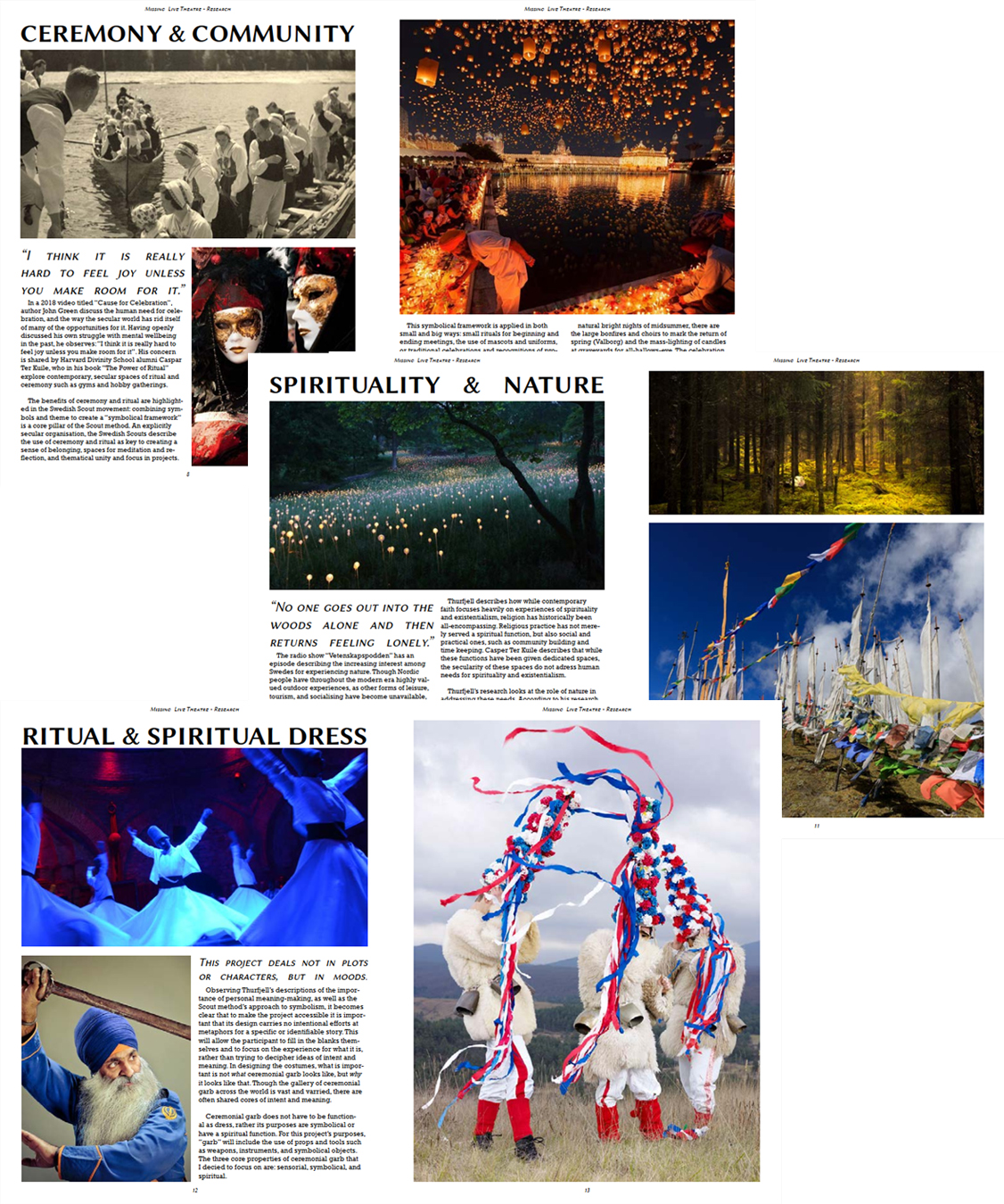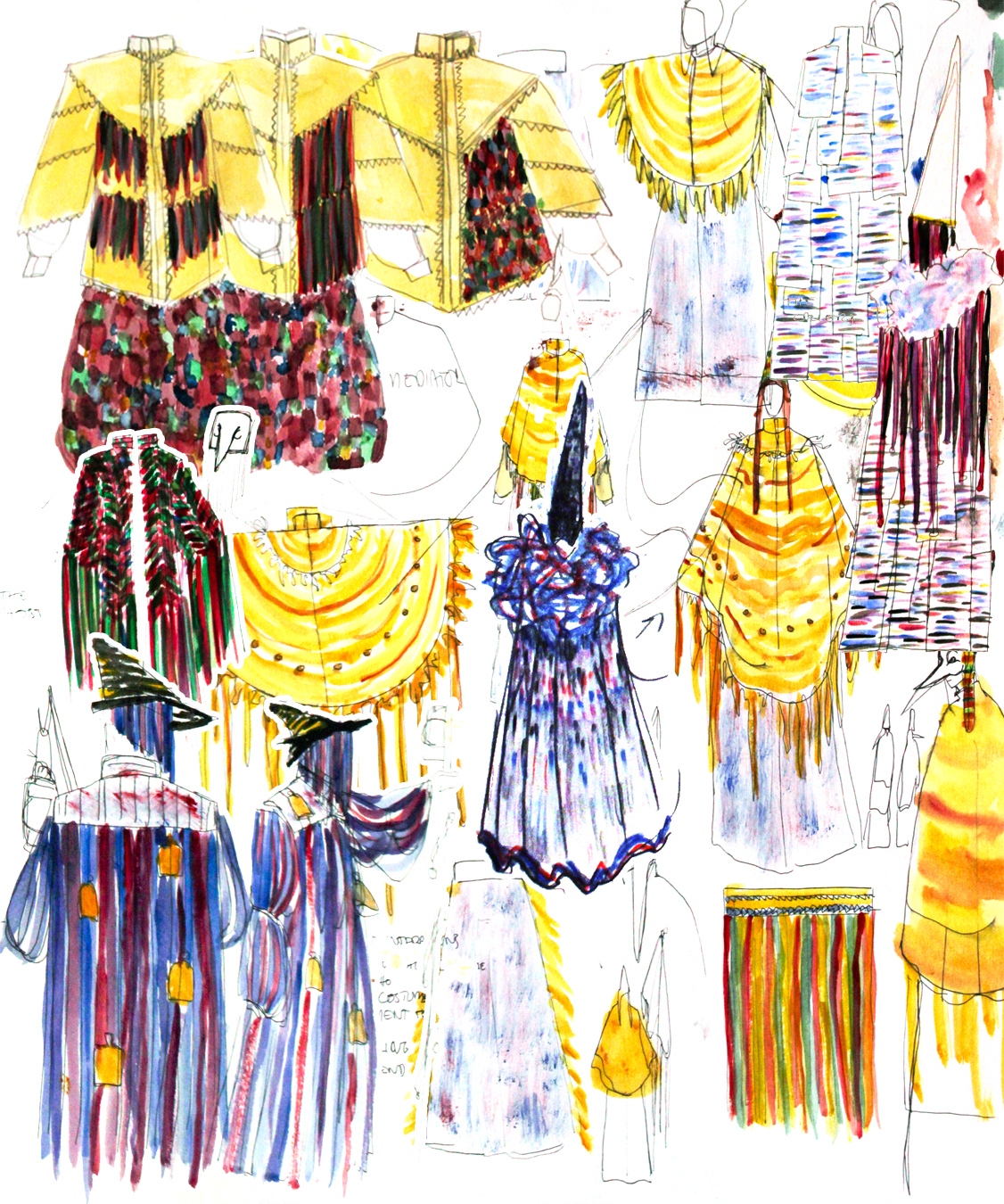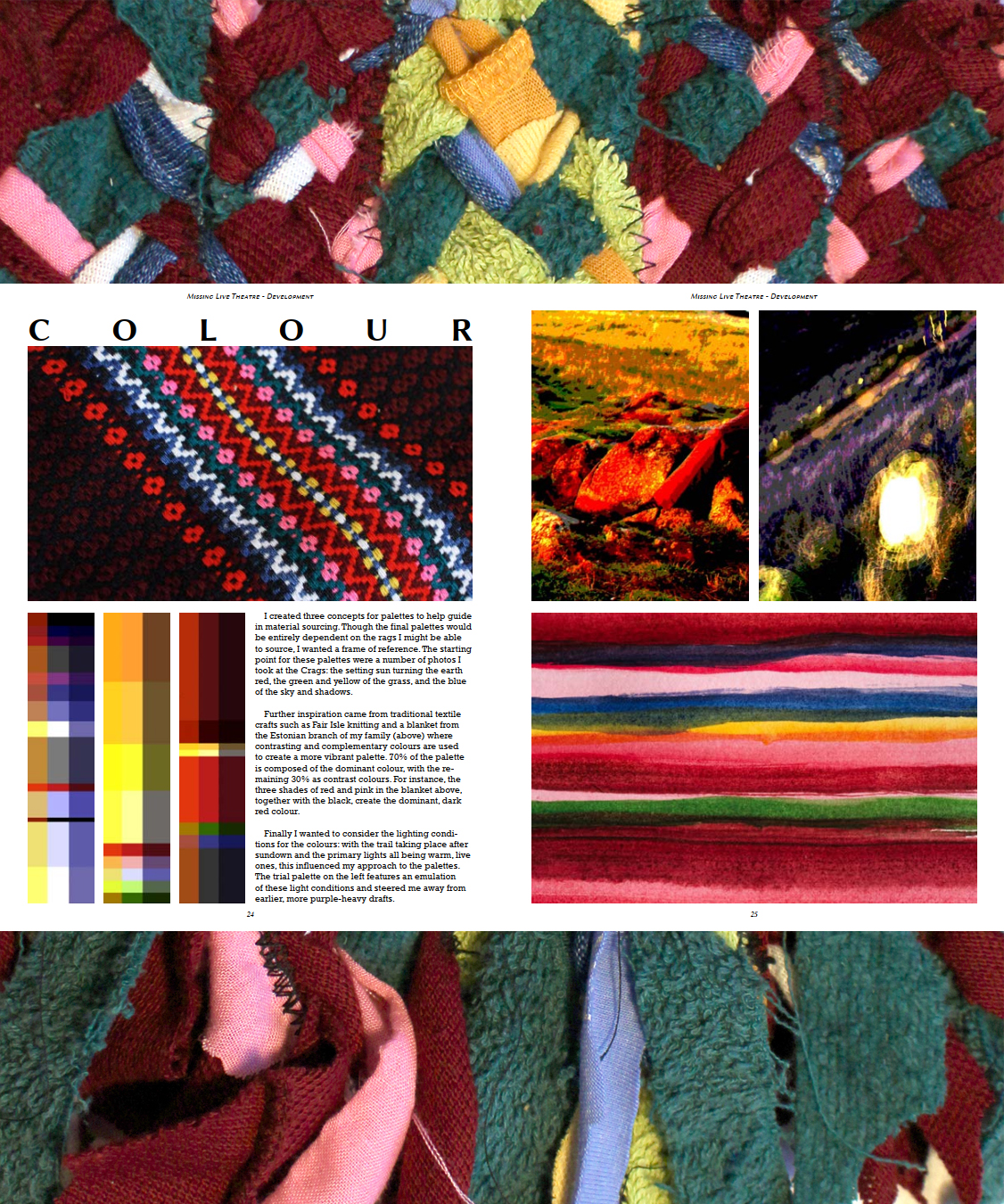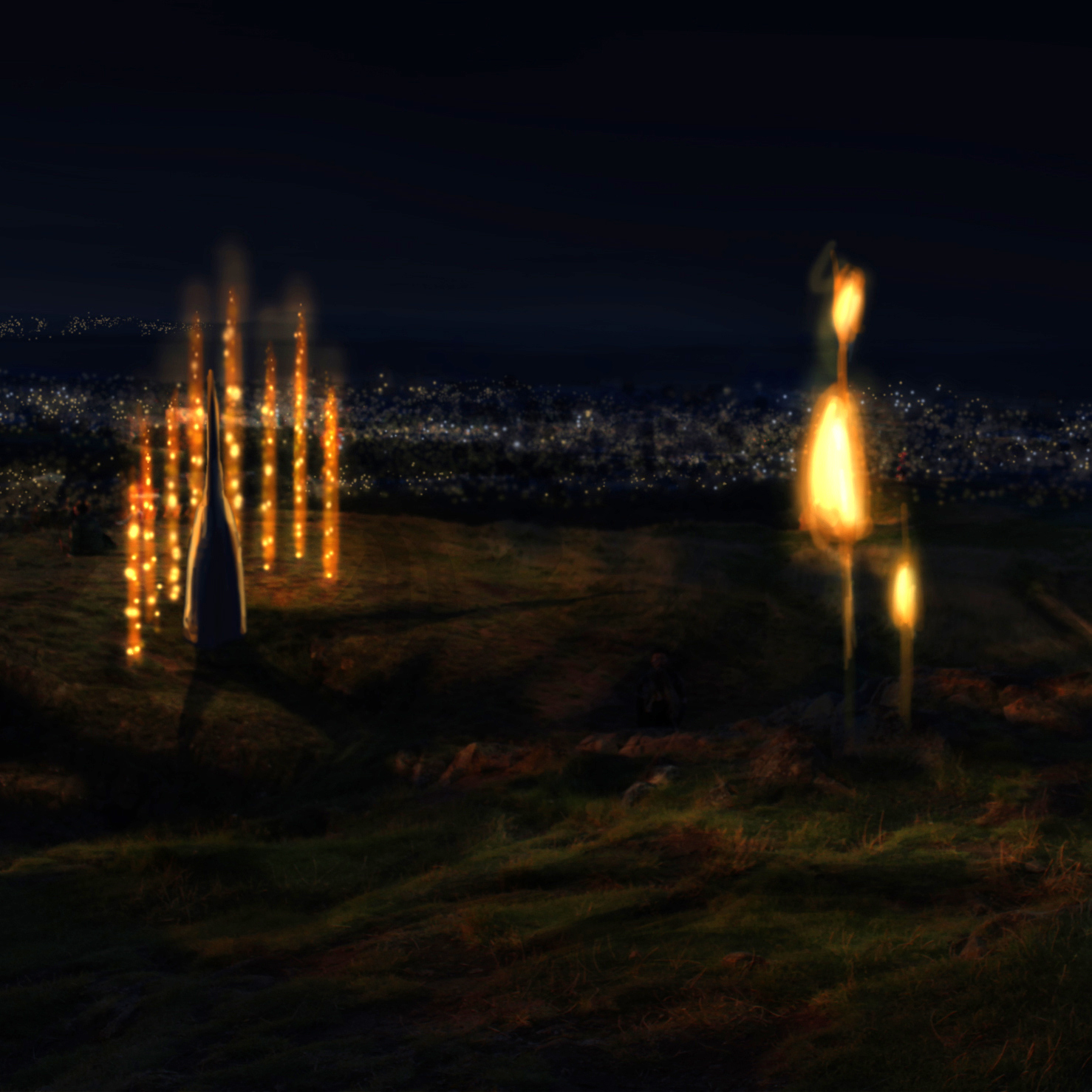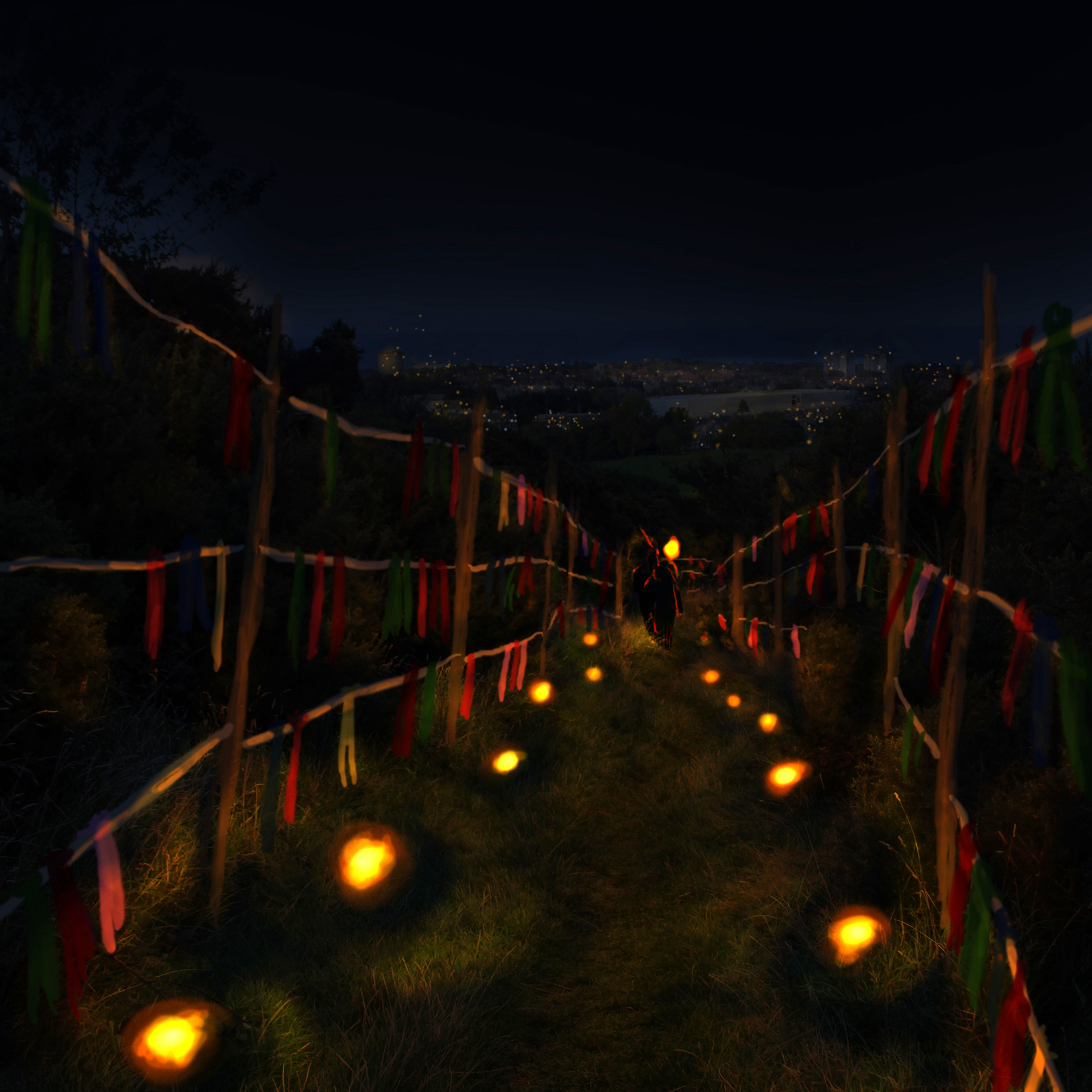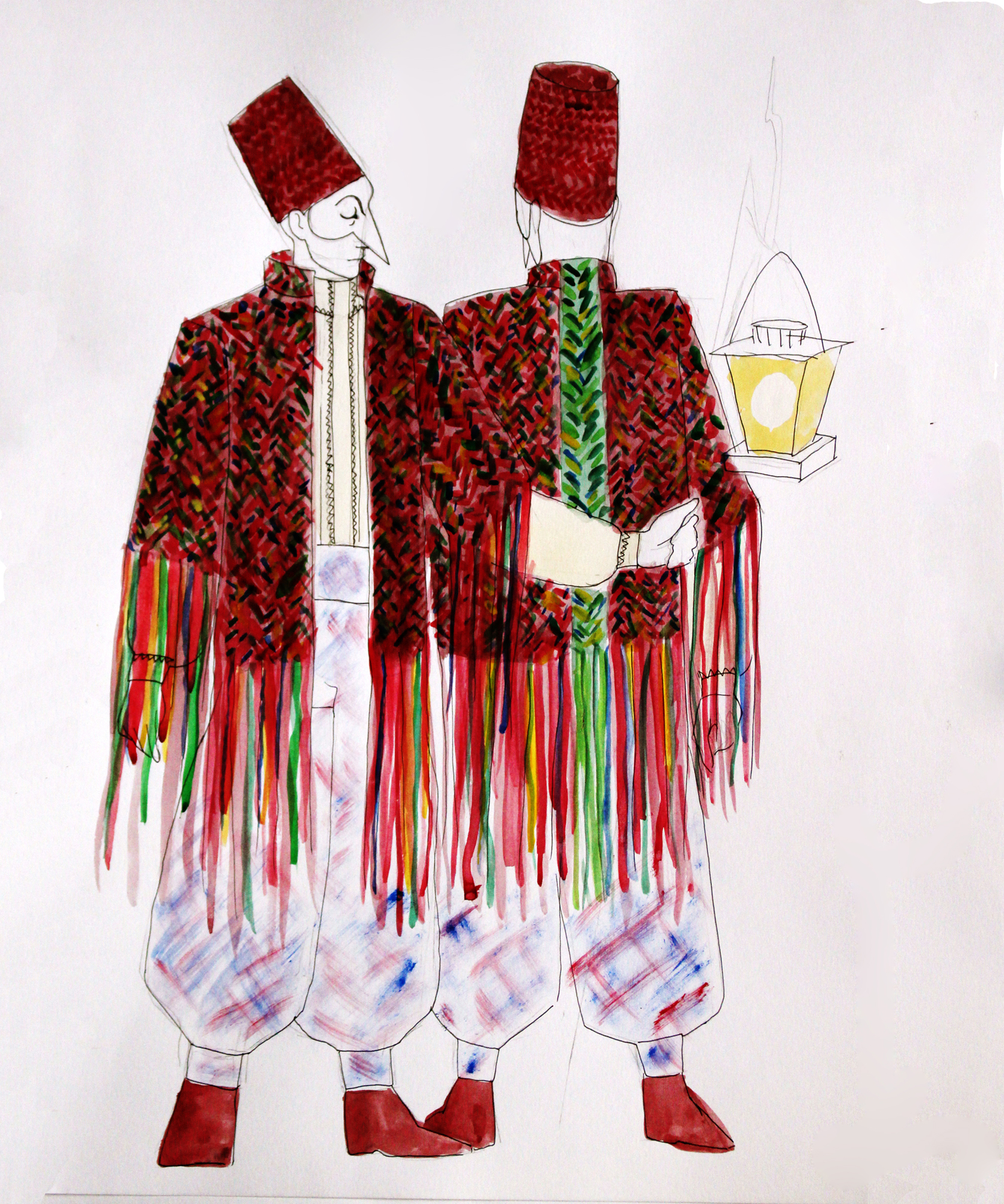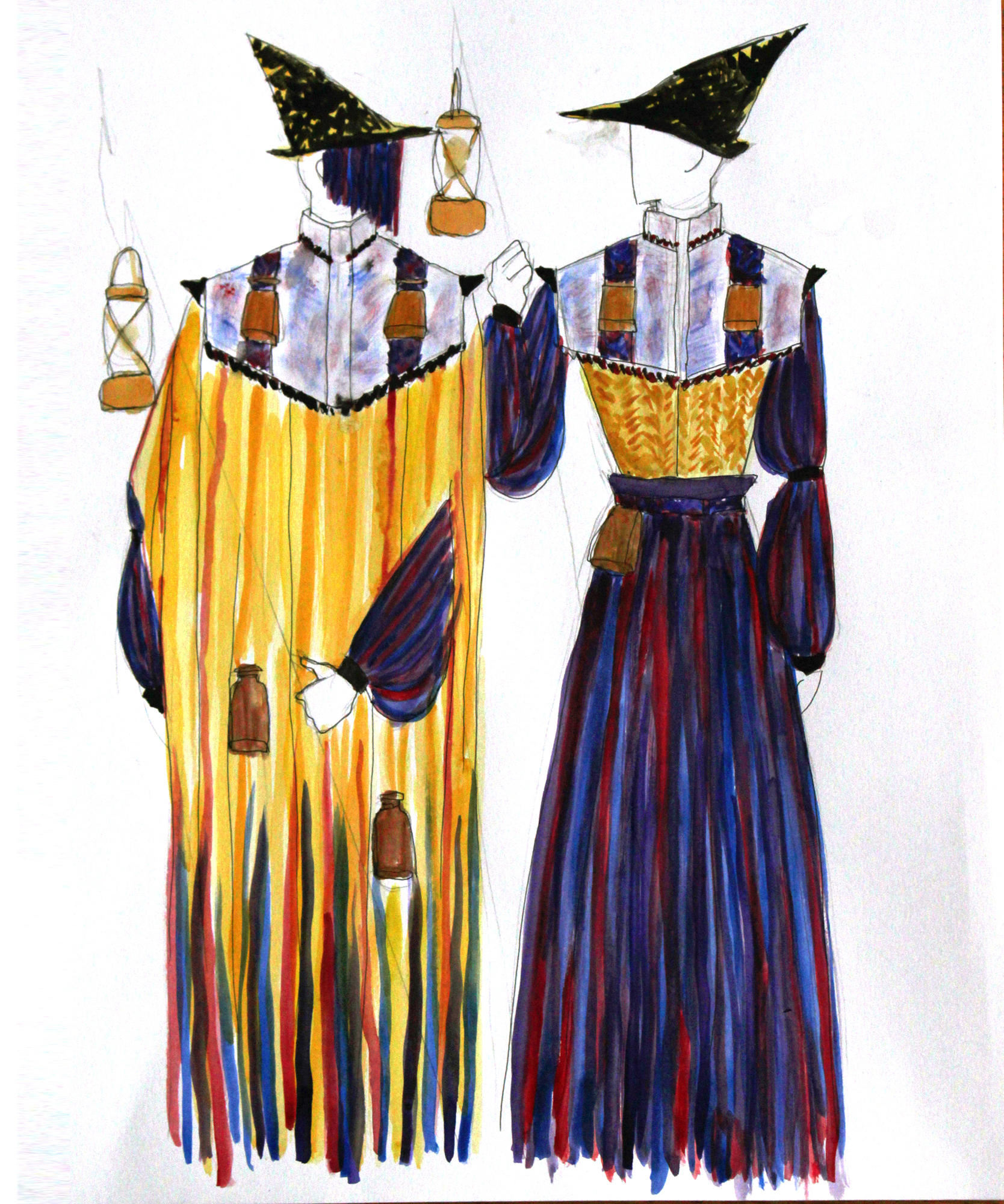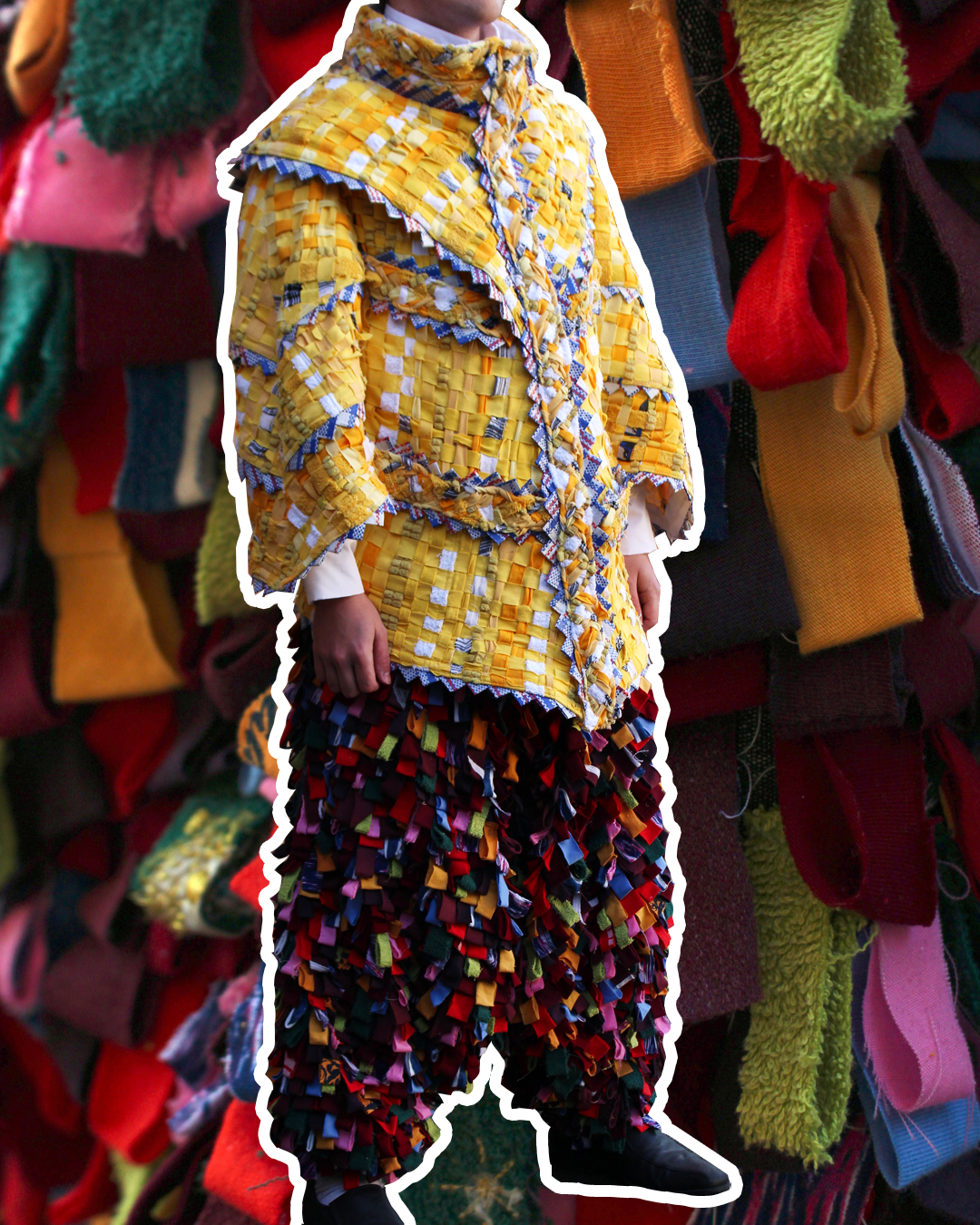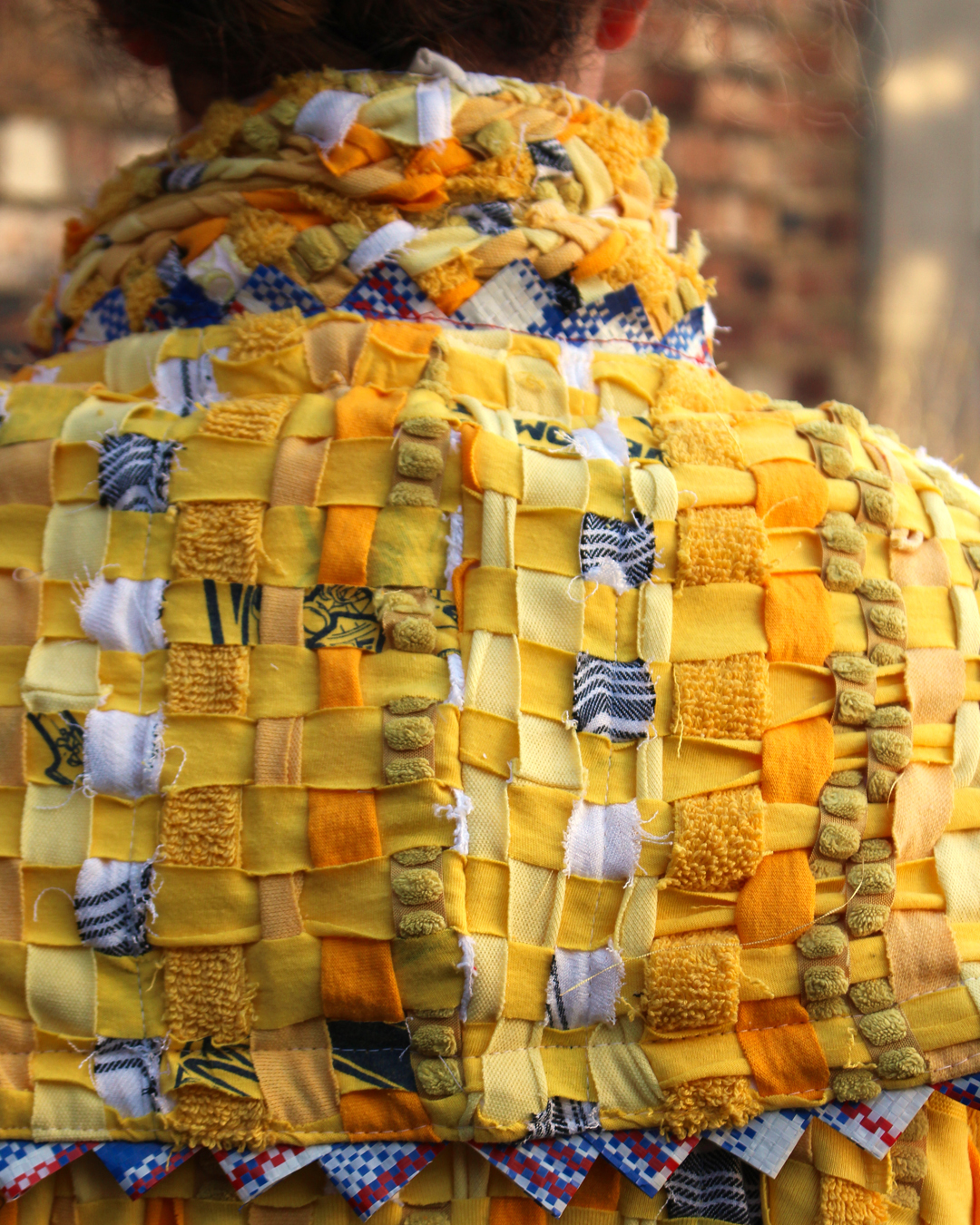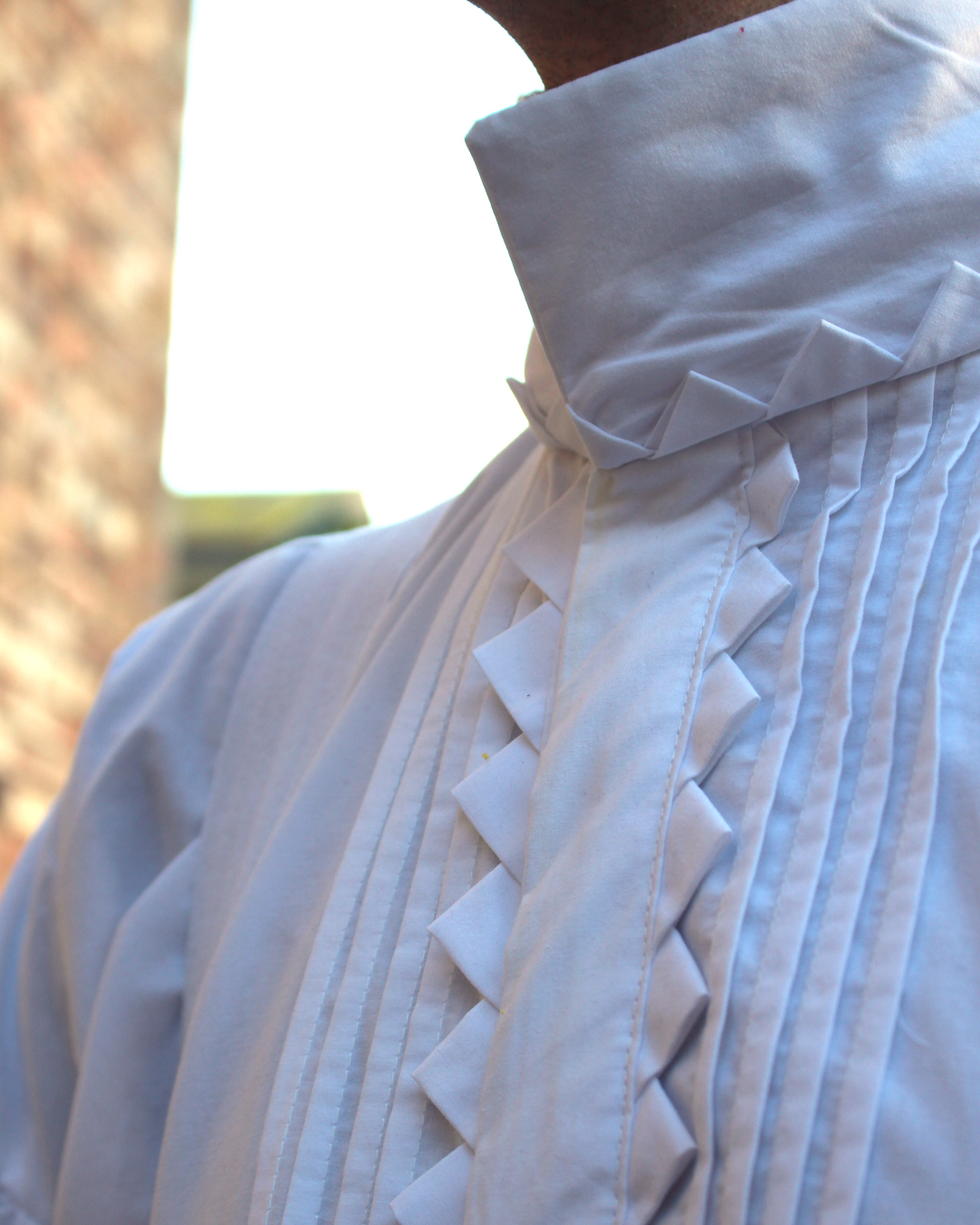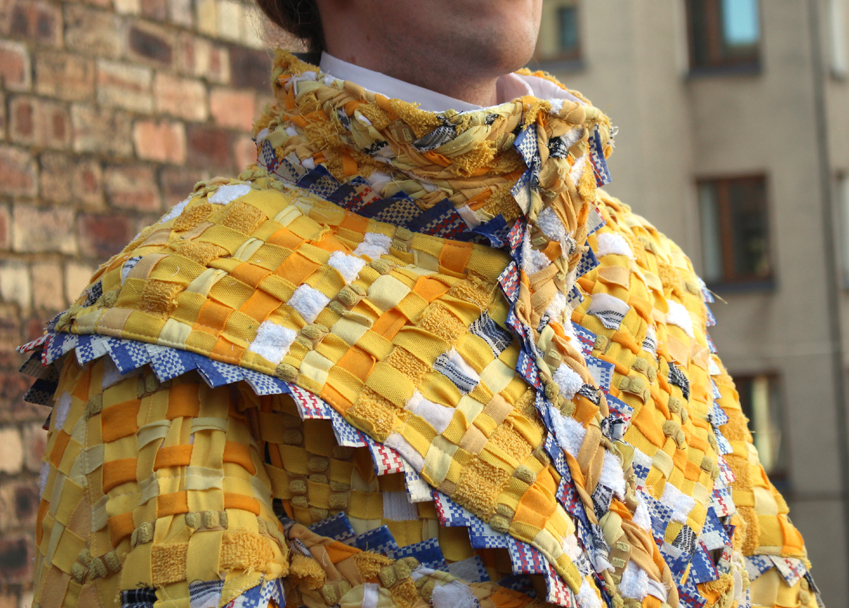December 2020: Out With Lights
Original performance concept and design, location specific to the Salisbury Crags in Edinburgh.
This project was part of my studies at Edinburgh College of Art. The assignment was to create an original, location specific performance concept, adapted to suit pandemic restrictions at the time. In addition to this, design all costumes for the project, with the restriction of using majority recycled or repurposed materials, presenting it in a project book with material samples and technical drawings, and finally realizing one of the designs.
I would love to realize this project in one form or another. If you are interested and would like to know more, or otherwise discuss ideas, please contact me on e.lundellhyden@outlook.com.
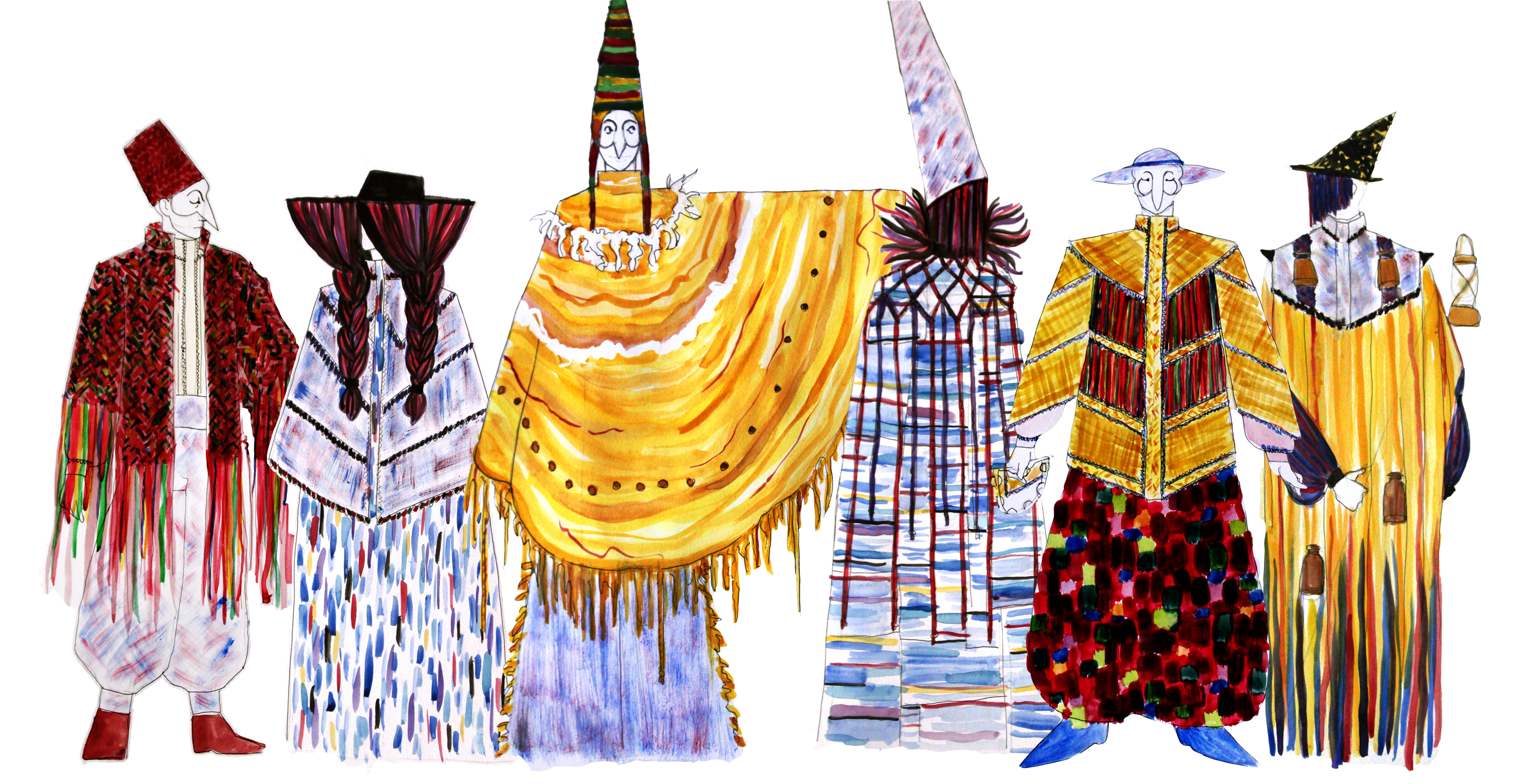
Still being relatively new to the city at the point of pandemic restrictions shutting down most opportunities for meeting new people, I was experiencing a feeling of tremenduous loneliness at the time of the project, often taking long walks through town and the surrounding parks to peoplewatch and ease my sense of isolation. This became the core of the project, in which participants walk a trail made up of lights in the dark, encountering performers along the way who guide them on their journey and set a tone for the experience. The light trail is adopted from my experiences with the swedish branch of the World Scout Movement, which have "ceremony and ritual" as an express part of their method for creating meaningful experiences and community. I was also influenced by professor of religious studies David Thurfjell and his work on post-christian, secular spirituality.
Out With Lights was designed to be accessible and meaningful regardless of past history with the performing arts, age, background, intellectual or linguistical capacities. It does not have a fictional narrative or dialogue, instead creating an internal language of symbolism and tradition, looking at global methods for creating ceremony and ritual. The costume designs are intended to not emulate any specific tradition, instead seeking common denominators within how spiritual dress is made and worn, such as making garments a sensory experience or using them to make a distinction between a material and a spiritual world.
Below: costume designs for the Host and the Lightbearer.
While much of ceremonial dress is lavish, detailed and highly intricate, it is also often made out of simple materials. One of my references was Charles Fregers photo series Wilder Mann (2012), presenting a wide range of European ceremonial dress, in which it is apparent that much of the value put into ceremonial dress is in labour rather than material. This combined well with a goal of using entirely recycled materials for costume production. Using worn-out T-shirts cut into rags I made a number of different composite textiles using braiding, weaving and layering, making it easy to find materials and colours to work with and making it a feature of the garments. Having created a number of textile samples and silhouettes I created a visual language unique to the world of the performance.
Thank you to the anonymous model.
